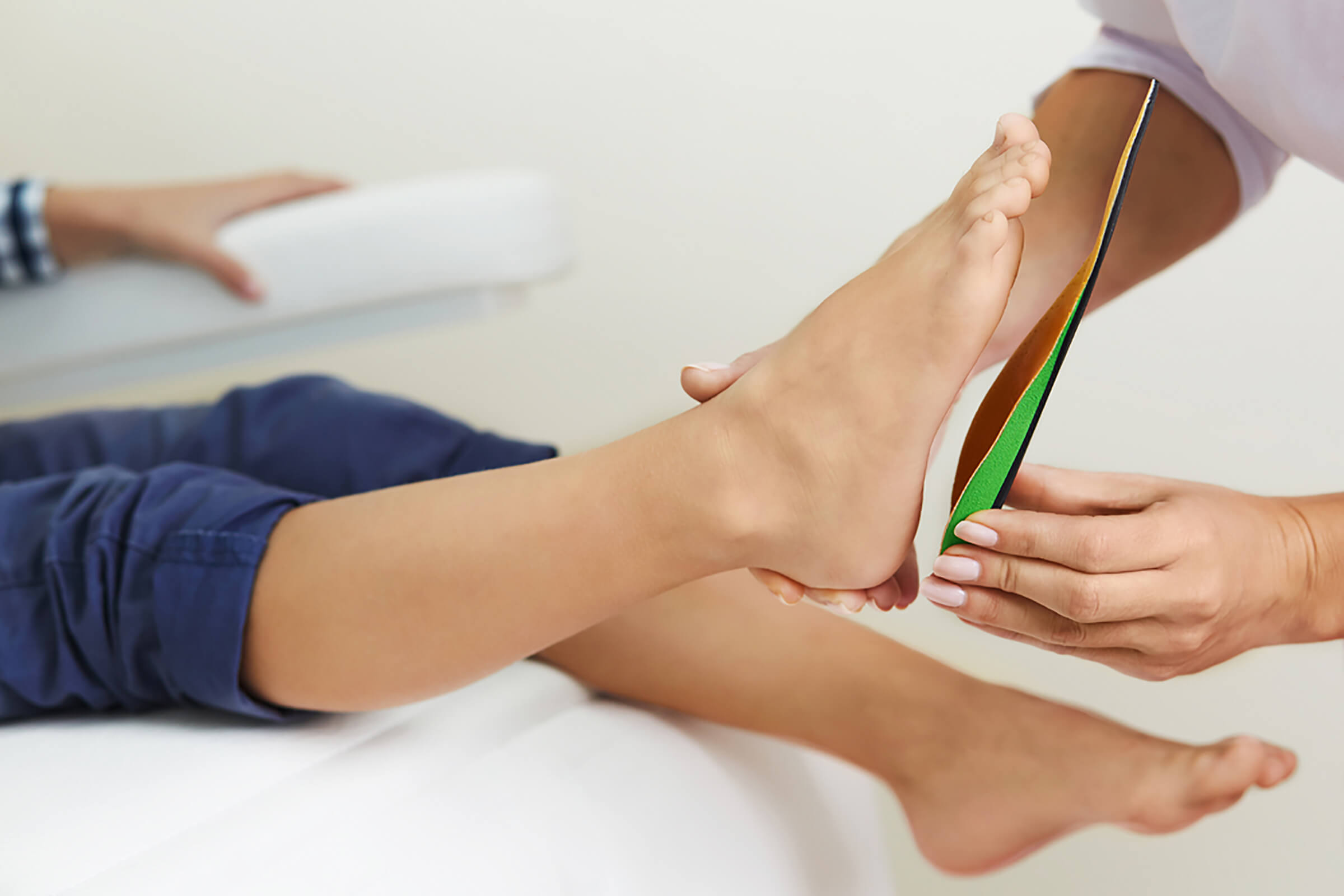Around 19 percent of Americans experience at least one foot problem per year, and chances are, you might be one of them. If you’re concerned about the health of your feet and unsure whether you should visit a podiatrist, here is a breakdown of the ten of the most common podiatry problems and ways a podiatrist can help you overcome them.
Heel Pain/Plantar Fasciitis
If you’re experiencing heel pain, it might be caused by plantar fasciitis, an inflammation of the connective tissue or fascia along the bottom of your foot. Sometimes, people experience this pain and think it might go away with rest, but that is not often the case. The pain does, in fact, always come back.
But that doesn’t mean that there is no cure. “You don’t have to live with pain,” says Dr. Velimir Petkov, leading North Jersey podiatrist and medical director at Premier Podiatry in Clifton, NJ.
If you’re experiencing heel pain, it’s best to visit a podiatrist to have them decide the best treatment for your case, whether it’s the addition of inserts to your shoes or taping to relax the muscles and tendons.
“Some of the newest trends in sports medicine revolve around the treatment of musculoskeletal abnormalities, and heel pain makes no exception.” Dr. Petkov comments. “Platelet-rich plasma (PRP) therapy, amniotic stem cell therapy and extracorporeal pulse activation technology (a.k.a. EPAT) are just some of the latest treatments that can bring an end to your suffering.”
Athlete’s Foot
Athlete’s foot is a common fungal infection. If you notice swelling, itching, or dry-looking skin on your feet, you may have athlete’s foot. Your podiatrist will most likely prescribe a topical or oral antifungal and recommend that you keep your feet dry. It’s also recommended that you wash any showers or tubs after use to prevent the spreading of the infection.
Onychomycosis (Fungal Toenails)
Another common fungal infection is onychomycosis. If your toenail becomes darker in color and begins to smell, you may have fungal toenails. You might notice your toenails thickening or becoming deformed. If this is the case, you will definitely want your podiatrist to examine it. It might seem like a small issue, but this condition can be very painful and could ultimately result in the removal of toenails if left untreated.
Ingrown Toenail
Ingrown toenails are fairly common and could be caused by shoe tightness or improper trimming of the nails. If you notice any redness or drainage, have your podiatrist take a look. This condition can be easily treated, and your podiatrist can perform a procedure to permanently prevent ingrown toenails, if needed.
Plantar Wart
Plantar warts appear on the bottom of the foot and are fairly common in children and adults. You should never try to treat them yourself because only an expert can treat a wart without killing the healthy skin around it. Visit your podiatrist if you notice a wart on your foot or your children’s feet.
Bunion
Bunions are the result of poor foot mechanics and are caused by instability in the joint at the base of the big toe. They can be extremely painful and will get larger if left untreated. A podiatrist will help you pursue the right course of treatment to resolve the pain.
Hammertoe Deformities
Hammertoe deformities are fairly common and affect the smaller toes. If you notice your toes curl and can’t sit straight, you may have hammertoe. It can be very painful while wearing shoes, so you should seek treatment to address the discomfort. Your podiatrist will know the best way to treat your condition and stop the pain.
Gout
Gout is common in young adults and the elderly, especially those who are often dehydrated. It is a form of arthritis and causes pain, swelling, and stiffness in a joint, usually the joint of the big toe. It can also cause the foot to become red, hot, and swollen. Gout is often treated with medication.
Corns and Calluses
Corns and calluses are very common. They are thickened skin that has been caused by repeated rubbing or excess pressure. Typically, having a corn or callus means there is something that needs to be corrected, whether it’s a biomechanical abnormality or simply the type of shoe you are wearing.
Ankle Sprains
An ankle sprain is a soft tissue injury and is often caused by sports or physical activity. It’s crucial that sprains are treated and your podiatrist determines the extent of the injury. Typically, a sprain can be treated with RICE — rest, ice, compression, and elevation.
If you think you might be suffering from one of these common conditions, schedule an appointment with your podiatrist.

